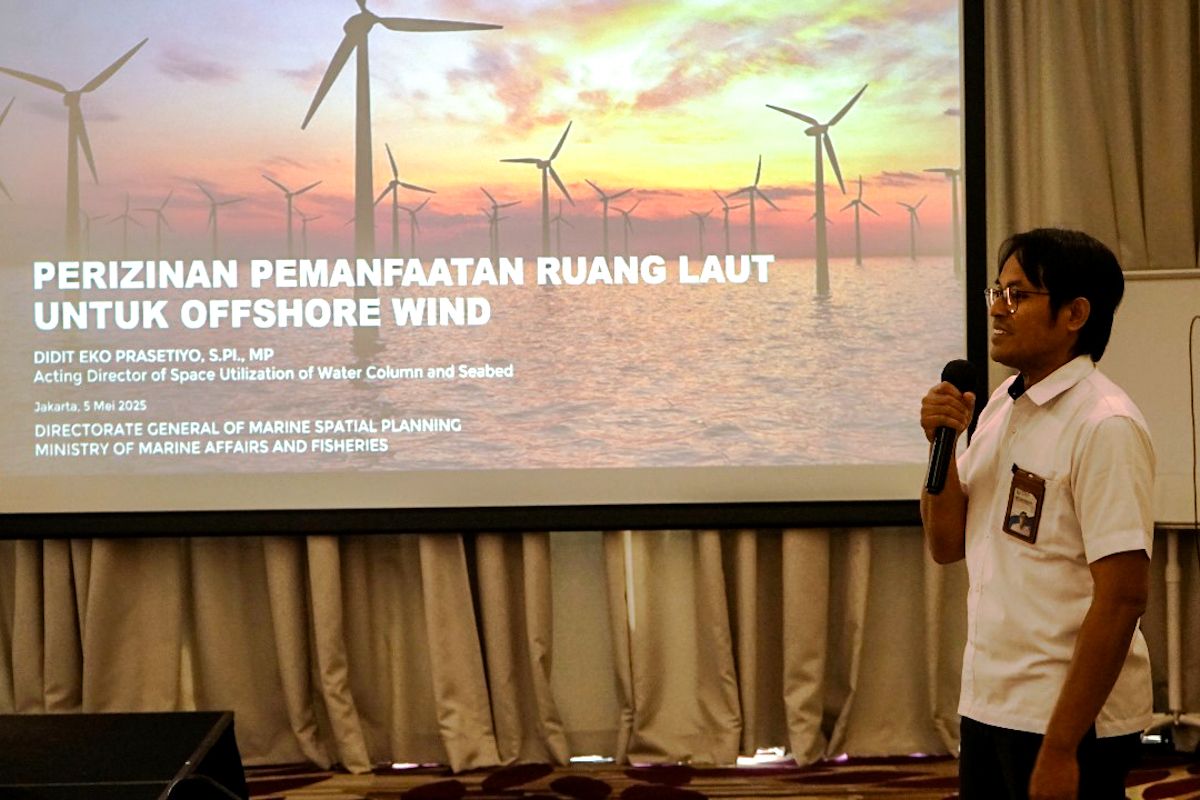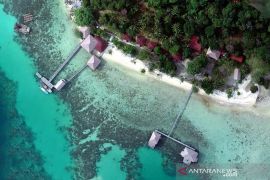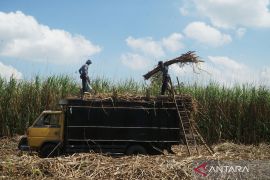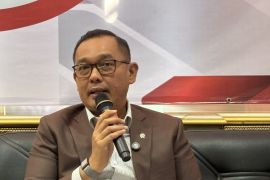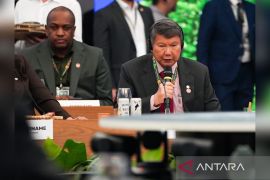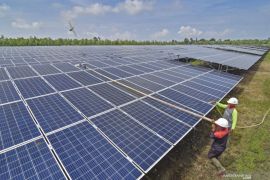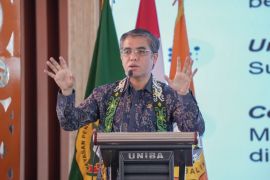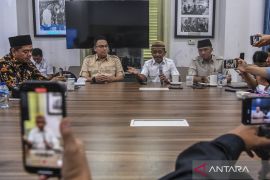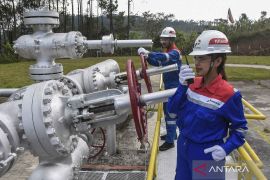"Denmark has experience in this field for more than three decades, so it is a strategic partner for Indonesia in marine spatial planning," the ministry's Director General of Marine Spatial Planning Kartika Listriana said on Thursday.
So far, the bilateral cooperation in marine spatial planning has supported and contributed to regional planning in Indonesia, with the goal of ensuring the sustainable use of marine resources, she added.
"One of the potential ones at the moment is the utilization of marine-based renewable energy," she said.
She informed that the government has so far made marine spatial plans for more than two decades.
The plans cover marine spatial planning, its control and utilization, supervision, as well as planning guidance.
"The development of offshore wind renewable energy will be a step forward in implementing marine spatial planning in Indonesia," Listriana noted.
"This development can support our priority programs for blue economic development and provide real benefits for the spatial planning of Indonesian seas," she explained.
Related news: Indonesia, Denmark agree on action plan for strategic cooperation
Meanwhile, the ministry's acting Director of Utilization of Water Column and Seabed Space Didit Eko Prasetiyo outlined the mechanism for utilizing sea space to support the development of offshore wind energy installations.
He said that two activities will require business permits: the installation of wind turbines, and the deployment of underwater cables from the turbines to the landing points for electricity transmission.
"The basic permit for sea space utilization is through the Marine Affairs and Fisheries Ministry, while business permits can be (obtained) through the Energy and Mineral Resources Ministry by first securing approval for underwater cables from (state-owned) PT PLN," he informed.
The government has made several breakthroughs in marine spatial planning, including digital technology in the ocean monitoring system (OMS), which will be implemented in 20 conservation areas by 2029.
The Ministry of Marine Affairs and Fisheries is also developing priority locations for marine spatial planning, zoning plans for blue ecosystems, and inland water spatial planning, and strengthening Indonesia's role in global marine spatial planning.
In addition, it is integrating land and sea spatial planning to support the One Spatial Planning Policy.
Head of energy cooperation at the Danish Energy Agency (DEA) August Axel Zacharie said that Denmark has succeeded in integrating renewable energy, with more than 50 percent of the nation's electricity coming from wind and solar power.
The Danish offshore wind industry employs more than 30 thousand people with an income of around 10 billion euros, he added.
Earlier, Marine Affairs and Fisheries Minister Sakti Wahyu Trenggono said that marine spatial planning is key for achieving the goals of the blue economy policy by regulating the use of marine space efficiently, fairly, and sustainably.
Related news: Indonesia, Denmark extend renewable energy cooperation
Translator: Muhammad Harianto, Yashinta Difa
Editor: Rahmad Nasution
Copyright © ANTARA 2025
